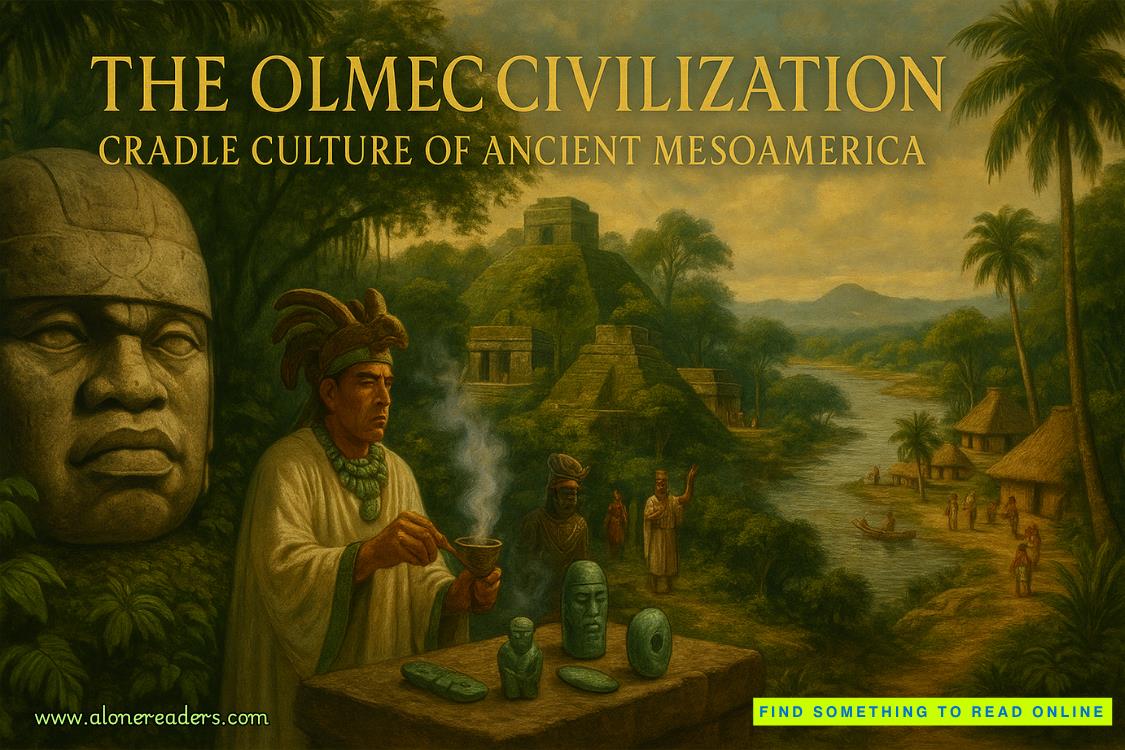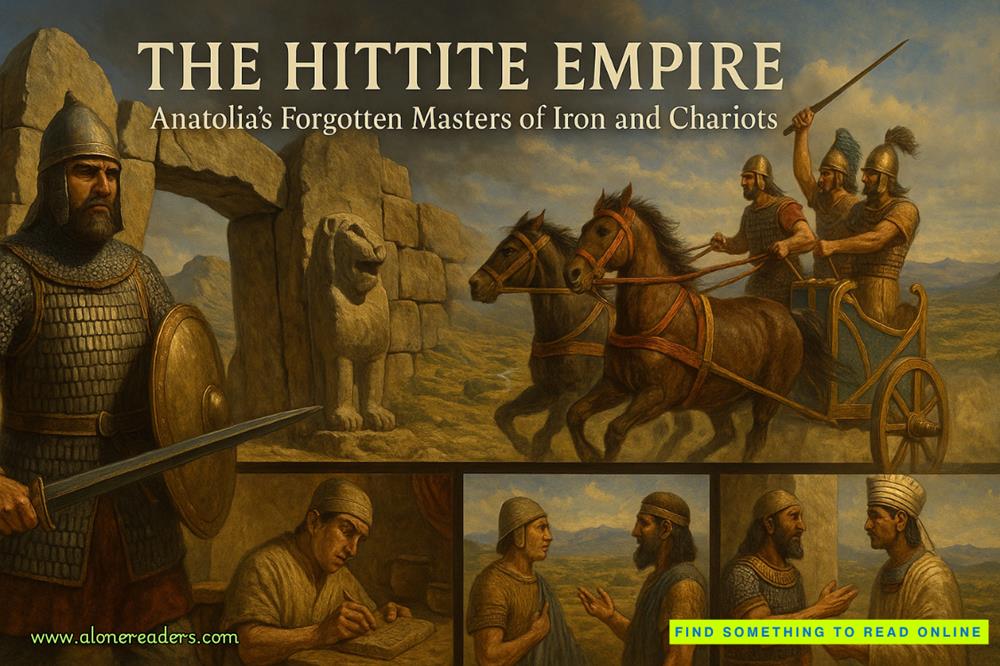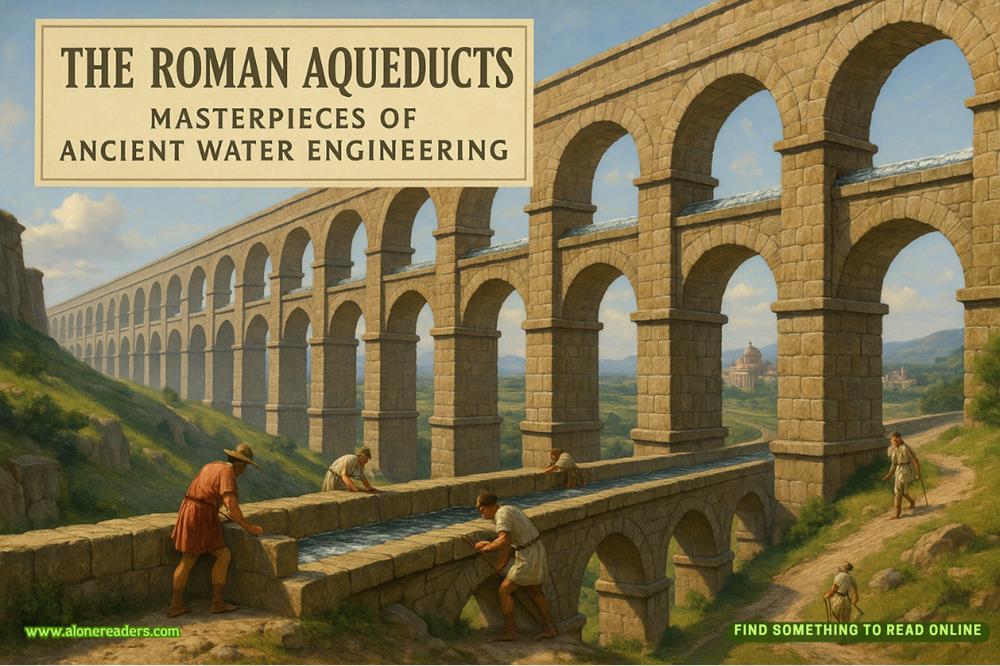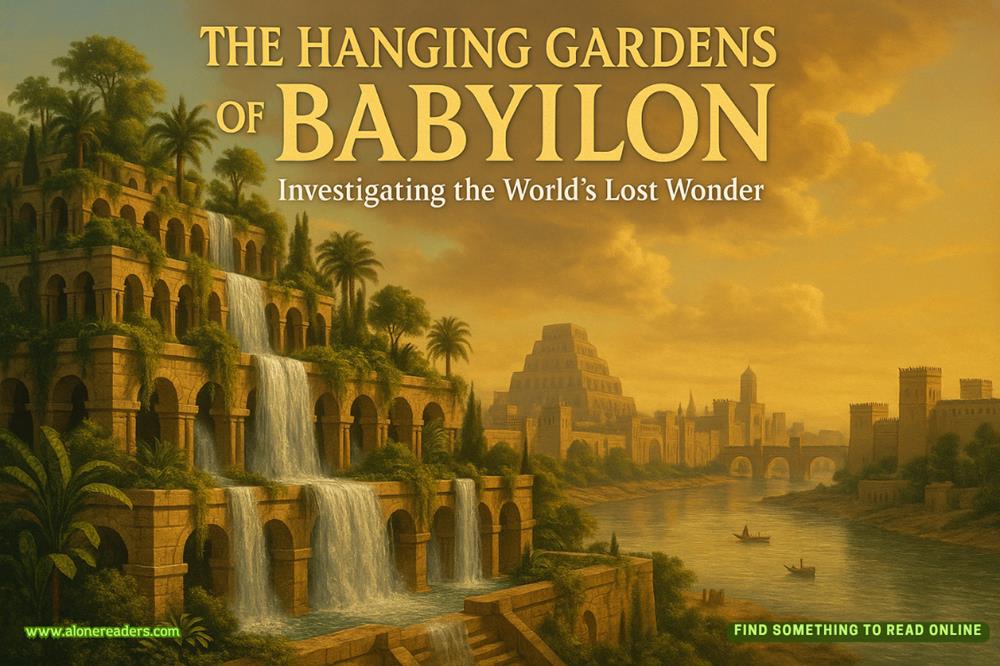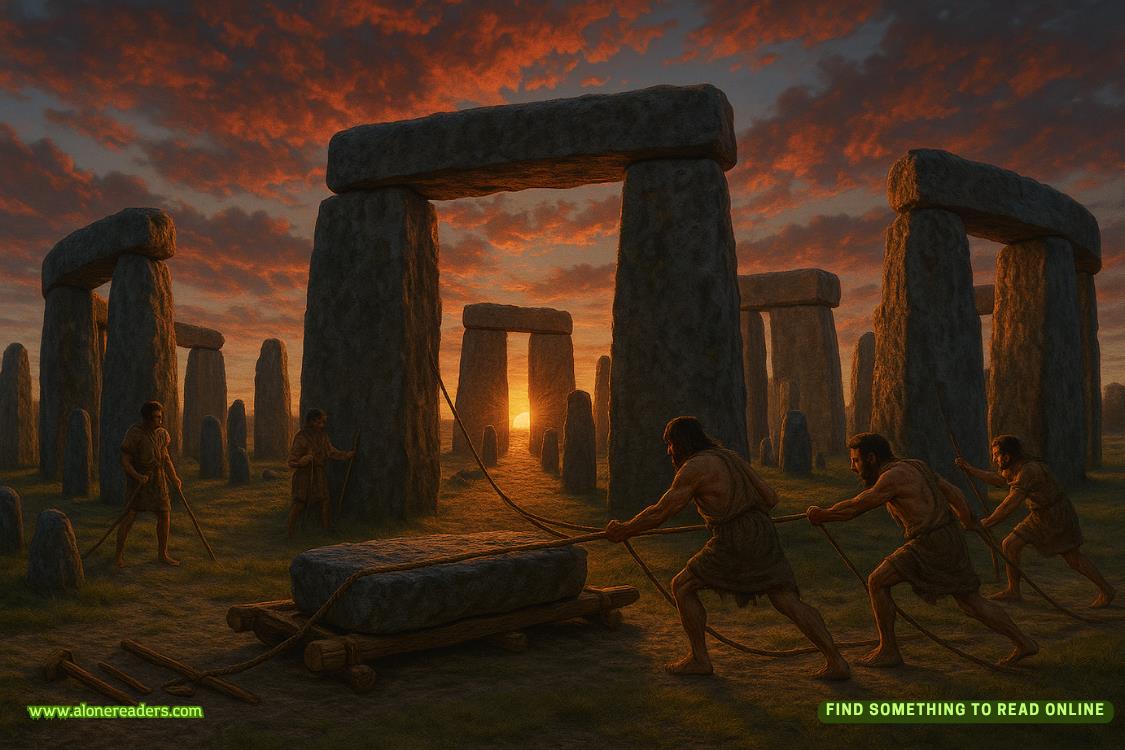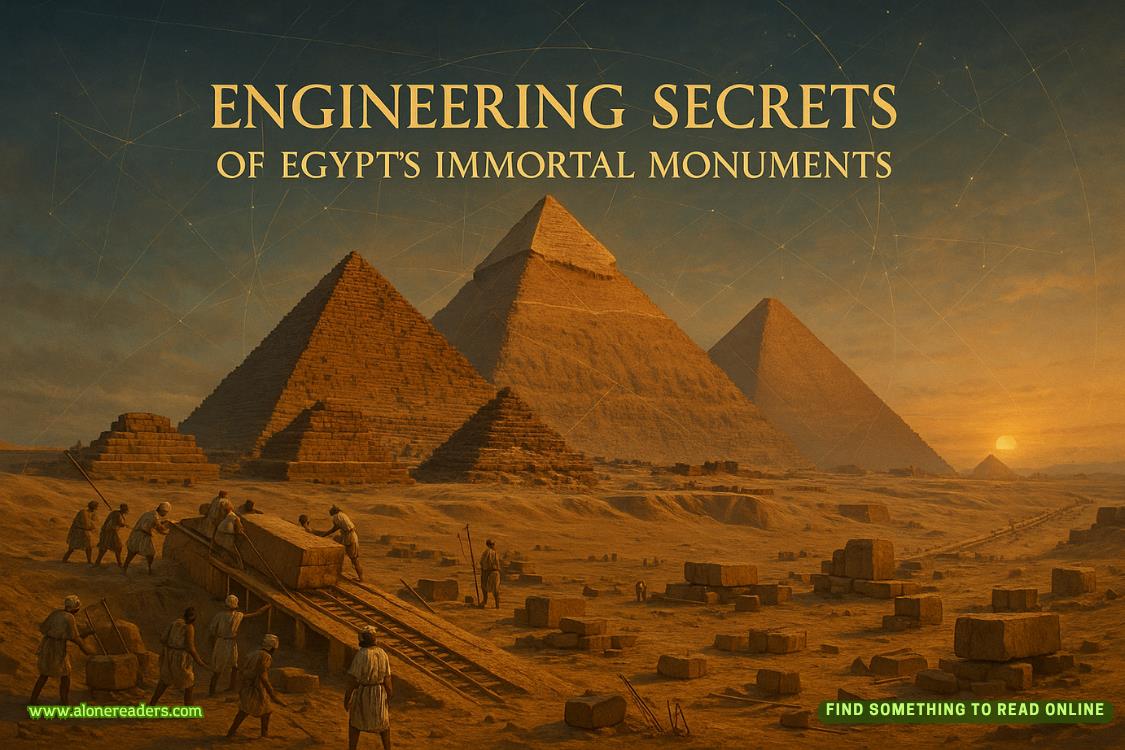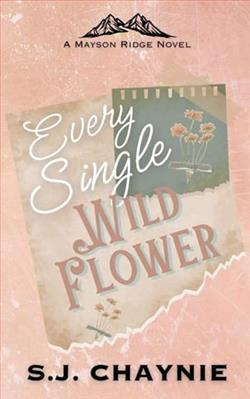Page 16 of Love in Full Bloom
"What?" she asks, catching me watching her.
"You're changing how I see my own work," I admit. "Making me question assumptions I've held for years about what makes a successful landscape."
"Is that a good thing?"
"It's a very good thing." I step closer, drawn by the uncertainty in her expression. "It's easy to get stuck in patterns, to keepcreating variations of the same design because it works. You're helping me break out of that."
Her smile returns, brightening her entire face. "Good. Because I'm pretty sure you're changing how I see my work too."
"How so?"
"You notice structural relationships I often miss—how plants interact with each other, how they create spaces together. I usually focus on the individual beauty of each flower. You're teaching me to see the larger composition."
The realization that we're influencing each other's creative perspectives deepens my sense of connection to her. This isn't just attraction or shared interests—it's a genuine meeting of minds that has the potential to help us both grow.
As the sun climbs higher, we make our way back toward the house—a simple cabin I've been renovating alongside the garden. It's still a work in progress, with exposed beams and unfinished walls in some rooms, but the main living area and kitchen are complete.
"Would you like to see inside?" I ask as we approach.
She nods, and I lead her up the porch steps. The cabin is modest but thoughtfully designed, with large windows that frame views of the garden and bring natural light into every room. The interior is simple—warm wood tones, comfortable furniture, open spaces that flow into each other.
"This is lovely," Jasmine says, turning slowly to take in the main room. "It feels like an extension of the garden."
"That's the idea." I move to the kitchen, filling the kettle for tea. "I wanted the transition between inside and outside to be seamless."
She wanders to the bookshelves that line one wall, examining the collection of volumes on landscape design, botany, and natural history. Her fingers trail over the spines, pausing occasionally to pull one out and flip through it.
"You have an amazing library," she comments, replacing a book on native plant communities.
"I'm a bit of a collector." I set out mugs and tea bags. "Knowledge is never wasted in this field. There's always something new to learn, some historical approach to adapt for contemporary use."
She moves to the large drafting table positioned near the windows, where sketches and plant lists for the stream garden are spread out. "May I?"
"Of course."
As the water heats, I watch her study my drawings—the careful renderings of topography, the detailed planting plans, the perspective sketches showing how the garden will look when mature. She examines each one with genuine interest, occasionally nodding as though confirming something to herself.
"Your technical skill is incredible," she says finally, looking up. "These drawings are beautiful in their own right."
"Thank you." I bring the tea to the small table near the drafting desk. "But they're missing something, I think. The emotional quality that would make them truly compelling."
"Maybe." She accepts the mug I offer. "Or maybe that's just not their purpose. They communicate information clearly and precisely. My paintings aim for emotional impact, but they'd be useless for actually constructing a garden."
Her generosity in seeing value in our different approaches touches me. So many people frame differences as deficiencies rather than complementary strengths.
"Still," I say, "I'd like to find a way to capture more of the feeling of a place in my designs. The qualities that can't be measured or quantified."
"Like what you're doing with your own garden here." She gestures toward the windows. "It has both technical excellence and heart."
"Because it's personal," I admit. "I'm not trying to please a client or meet a specific brief. I'm just creating what feels right to me."
"That's how I paint," Jasmine says, her eyes lighting up with recognition. "When I try to create what I think will sell, the work feels flat. It's only when I follow my own vision that it comes alive."
We sit together by the windows, drinking tea and sharing stories about our creative processes—the struggles and breakthroughs, the moments of doubt and inspiration. The conversation flows easily, punctuated by laughter and moments of silent understanding. I can't remember the last time I talked so openly with someone about my work, my aspirations, my uncertainties.
"I should probably get going soon," Jasmine says eventually, glancing at her watch. "I have a commission I need to work on this afternoon."
"Of course." I try to hide my disappointment. "Let me walk you to your car."
